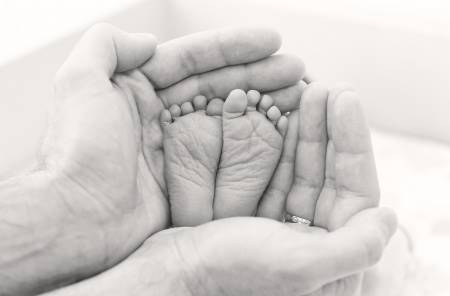 Photo Credit--Maryna Sokolova
Photo Credit--Maryna Sokolova
On June 20, 2014, a twenty-year-old was arrested in West Hollywood, California on drug-related charges--not a particularly newsworthy event give the more than 1.5 million drug arrests in the U.S. each year. What distinguished this arrest was that the young man arrested was Indio Falconer Downey, the son of Robert Downey, Jr., whose own similar arrests drew international attention in the 1990s before he achieved stable recovery. What is common about this event other than the arrest itself is the achievement of recovery by a parent only then to confront addiction in one or more of his or her children. Addiction professionals who have long-served their communities sometimes lament having treated two and three generations from the same family. What exactly is this propensity of addiction to run in families and what are the mechanisms through which addiction is passed from parent to child Of equal importance, what strategies can be employed clinically and at a community-level to help break these intergenerational cycles of addiction Those questions are at the heart of a paper authored by Arthur Evans, Jr., Roland Lamb, and William White that has just been released by Philadelphia's lead addiction treatment authority.
High genetic risks; neonatal insult from maternal AOD use; developmental vulnerabilities; high-risk family and community environments; and inadequate personal, family, and community protective factors combine to elevate risks for the development of severe and prolonged substance use disorders and continuing intergenerational cycles of addiction and related problems. Fortunately, these risk factors can be minimized or neutralized by protective factors such as "turning points" (e.g., events, relationships, and opportunities) that fundamentally and positively alter the trajectory of a child's life, developmental differentiation (de-identification) between younger siblings and older AOD-using siblings, and parenting-related protective factors--including nurturance (warmth), socialization (clarity of family values and expectations), modeling, and control (supervision, monitoring, and discipline). Supportive community networks have also been found to reduce and ameliorate the effects of adverse childhood experiences.
This latest paper coming out of the recovery-focused systems transformation process in Philadelphia reviews available research and outlines clinical and public health strategies that have promise in breaking intergenerational cycles of addiction and related problems. Concerned parents, addictions professionals, recovery advocates, and policy makers can review the paper by clicking here.
Earlier papers I have co-authored on this subject include the following:
?White, W.L. & Chaney, R.A. (2008). Intergenerational patterns of resistance and recovery within families with histories of alcohol and other drug problems: What we need to know.
White, W.L. & White. A.M. (2011). Tips for recovering parents wishing to breakintergenerational cycles of addiction